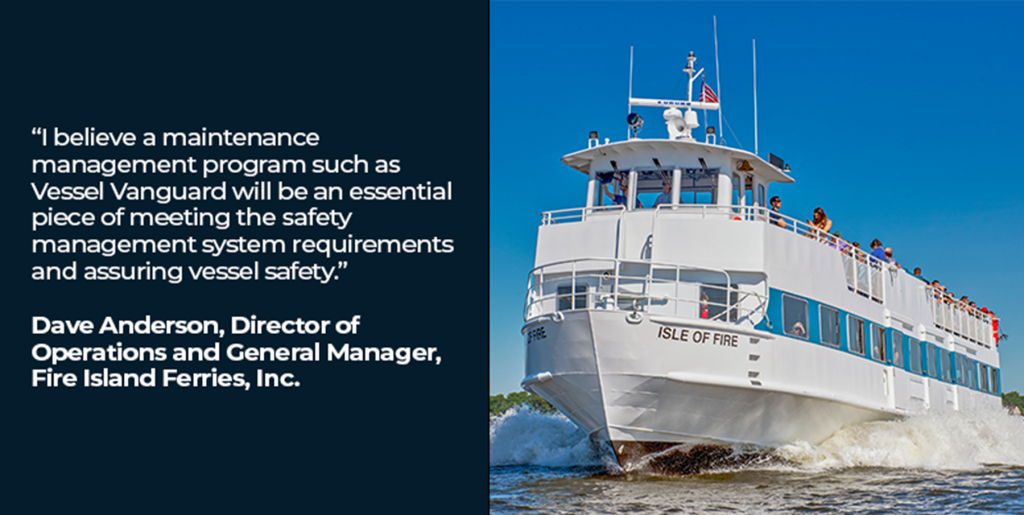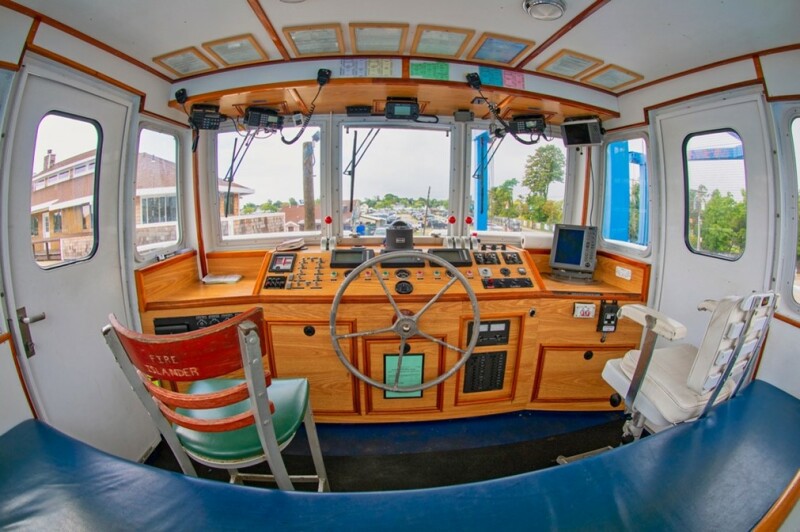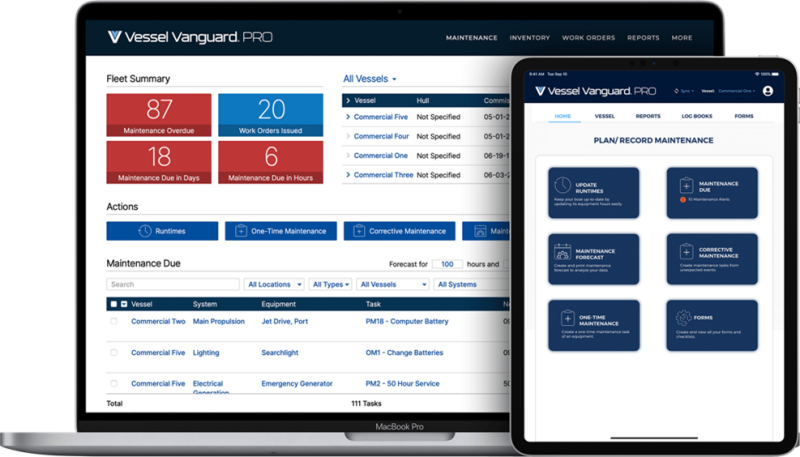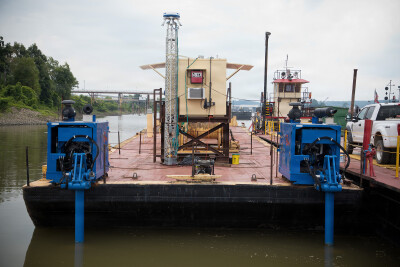Ferry service looks to electronic maintenance management to drive next gen SMS

Challenge: Manual Maintenance
New York–based passenger and freight ferry service operator Fire Island Ferries supports the western communities of Fire Island, the 33-mile-long barrier island off the south shore of Long Island.
Its fleet of 26 vessels includes passenger vessels and water taxis that carry over one million passengers a year, as well as cargo, tug, and barge vessels. The company also provides marine services and dock building.
“It’s a year-round operation, though the bulk of our ridership is between May and September," said Dave Anderson, Director of Operations and General Manager at Fire Island Ferries and long-time member of the Passenger Vessel Association (PVA). “We’re the lifeline to the island providing everything from consumables to building materials.”

Meeting the needs of the community as well as Coast Guard inspection protocols requires an intense focus on its fleet maintenance — a methodology that has evolved over the years.
Anderson recalls, “In the 1990s, the management of maintenance actions and deficiencies was guided by a two-foot-thick printed manual that we kept in loose-leaf binders. Through PVA, we managed to condense into a more user-friendly manual.”
By 2002, the U.S. Coast Guard introduced the Streamlined Inspection Program (SIP) in response to the Maritime Regulatory Reform Initiative that draws from the maintenance guide. Under SIP, the marine inspector reviews the implementation and management of a company’s maintenance actions and spot checks critical vessel systems to verify the accuracy of the records.
“At the time, SIP documentation was strictly pen to paper, which I eventually moved to spreadsheets, but still required considerably data entry and manual analysis to ensure compliance. Then through PVA, I learned about electronic maintenance management applications,” Anderson said.
Solution: Actionable, Auditable Intel
In 2010, Anderson subscribed to Vessel Vanguard from Baxter Marine Group to track maintenance activities and vessel deficiencies and corrections.
“There weren’t many options at that time, but I really liked that Vessel Vanguard was purpose-built for marine applications and it was easy to use,” he says. “The platform makes it much easier to generate work orders, track inventory, manage correction reports for deficiencies, set reminders to check on specific systems and greatly simplifies Coast Guard inspection audits.”

Since the software tracks part history, he’s also able to search for common issues across the fleet.
Anderson continued, “What’s really nice is the inspection criteria that is uploaded into Vessel Vanguard. At any time, I can click on a specific part or system on the vessel, and the application displays a step-by-step procedure of how that system should be inspected, which I can print and give to crew member.”
When asked about ROI, Anderson says the value is readily evident just for Coast Guard inspections. “The Coast Guard inspectors love it because it makes their jobs much easier,” he said. “I can share data about word done on our fleet with the Coast Guard before the audit, which they can review in advance. It makes the actual inspection and spot checking much quicker — instead of several hours, it’s under an hour.”
New Directions: SMS Requirements
Anderson believes that electronic maintenance technology will provide even greater benefit to vessel owners in the near future as requirements for passenger vessel safety management systems emerges.
He explained, “Our industry needs a true safety management system that goes beyond the safety inspection program, incorporating both vessel and shored side operations as well as company safety, environmental policies, non-conformities and near misses. It’s a dedicated focus on continuous safety improvement.”
Marine safety management systems have been around for many years, though they’re usually designed for international companies and blue water fleets. In 2009, PVA developed a voluntary safety management system called the PVA Flagship SMS, for members to use in implementing their own safety management system.
However, at the national level, recent passenger vessel casualties have raised a call for mandatory systems. In response, the Coast Guard published a proposed rule in January 2021. The agency is seeking input on the use of safety management systems on issues that range from the type of passenger vessel to be covered to the economic impact of a rule. As well, the assessment is looking for input about safety improvements derived from using existing programs such as the PVA Flagship SMS, which was formally recognized by the Coast Guard in 2017.
Anderson said, “This safety management system that comes out of this effort could be biggest regulatory product to hit our industry since the rewrite of 46 CFR in 1996 — and it will impact every vessel owner. I believe a maintenance management program such as Vessel Vanguard will be an essential piece of meeting the safety management system requirements and assuring vessel safety.”
Learn more: https://vesselvanguard.com/






